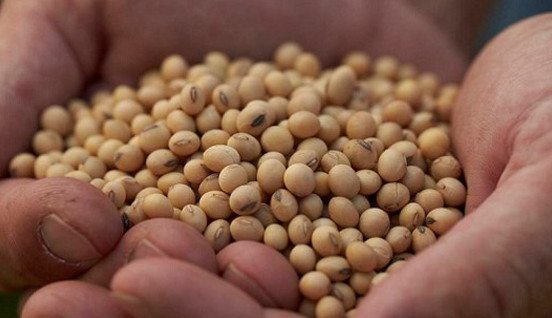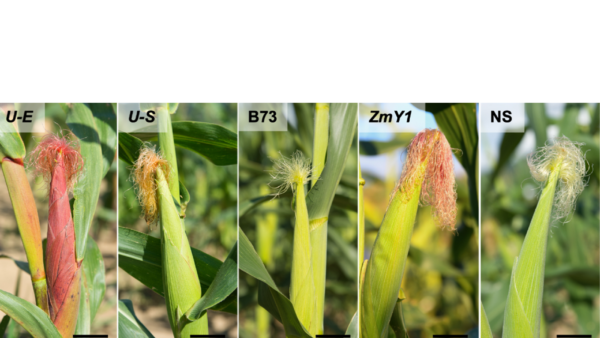U.S. officials will impose stricter quality controls on exports of soybeans headed to China in response to a request from the government in Beijing, a move that may curb some American shipments.
Shipments with impurity levels below a new standard of 1 percent, half the current level, will receive priority for shipment, while soybeans above it may be held back for more cleaning, U.S. Department of Agriculture spokesman William Wepsala said in a telephone interview Wednesday. The new standard may go into effect Jan. 1, he said.
China is the world’s biggest soybean importer and purchases have climbed to a record as an expansion in large-scale livestock farming and a shortage of protein-rich feed grains boosts soymeal consumption. The Asian nation is by far the biggest destination for U.S. soybean exports, with sales of $14.2 billion of the oilseed in 2016, more than one-third of the value of the crop
The requirements will increase costs for exporters and will be a blow to U.S. shipments, says Monica Tu, an analyst at Shanghai JC Intelligence Co. There could be a grace period as some cargoes are already on the way to China, she said.
China’s government made the request to the U.S. in early December, Wepsala said. A spokesman at China’s General Administration of Quality Supervision, Inspection and Quarantine declined to comment.
Lose Business
No. 1 soybean futures for May delivery on the Dalian Commodity Exchange rose 0.4 percent to 3,660 yuan ($557) a metric ton. Soybeans for March delivery advanced 0.1 percent to $9.65 a bushel on the Chicago Board of Trade.
The new rules mean “the U.S. is going to lose some business,” says Charlie Sernatinger, global head of grain futures for ED&F Man Capital Markets in Chicago. American shippers will have to pay a premium for supplies that meet the higher standards, he said. “There are no such certificates required for Brazil beans.”
China’s soybean imports totaled 77.3 million metric tons between January and October, according to customs data. Purchases from Brazil were 46 million tons in the period and the U.S. accounted for 22 million tons.
Source: Bloomberg Markets












